I often see people on Neocities and adjacent spaces asserting that they like "retro web" or "old web" aesthetics, "like Geocities," - or, conversely, people complaining that everything on Neocities "looks like Geocities" in some way.
Being a pedant, I always find this kind of irritating, because the general style sometimes called "webcore" is not what Geocities websites looked like! It is a highly referential style, one which emulates and captures a specific vibe which evokes "Geocities" while not being terribly reminiscent of it. It's inspired by the modern idea of Geocities, the fantasy-Geocities that exists only in the collective imagination.
A lot of this comes from the webcore style being popular with children, who are too young to have ever looked at a Geocities page; their experience of Geocities is exclusively the experience of "the idea of Geocities." Most commonly someone who says that they are inspired by "Geocities" or "the old web" actually means that they are inspired by people who are inspired by Geocities; they're several steps removed from the thing itself, and what has filtered through several rounds of mediation and curation is "webcore."
Webcore is generally very cluttered, visually busy, and uses a lot of images and colors. There's a strong emphasis on collections - big button walls and blinkie collections, as many decorations scattered around as can be stuffed into one place. They're generally drawing a lot more inspiration from Blingee, Myspace, Deviantart, and memes than they are from Geocities; the era of fast internet, social media, and instant messaging. Fast internet is important here; you need it in order to load image-heavy web pages.
There's a particular flavor of trolly tackiness that people seem to mistakenly ascribe to Geocities in the 90s rather than Myspace and Livejournal in the 00s - bright colors, flashing lights, sparkles, marquees, visual clutter, and a noisy embrace of the obnoxious are very much a 2003-2012ish thing.
Here are some fairly typical Geocities home pages picked at random:
Geocities pages tend to be desaturated, relatively plain, and have a focus on the contents; photographs, art, or - most commonly - writing. Textured backgrounds of some kind were the most popular, and most pages used Times New Roman. The typical Geocities site was one centered column; the "holy grail" three-column layout was not particularly common at all. One sidebar - on the left, usually - with a much wider main area would be the main alternative to the single centered column.
I had to heavily prune my collection of Geocities backgrounds because most of them are just irrelevant now; they just are a bit of texture, something that's easy to accomplish now with a transparent overlay or just plain CSS. Por ejemplo:
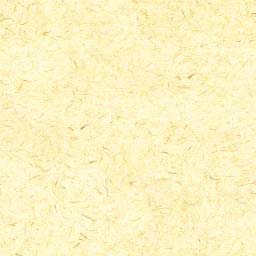
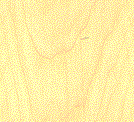



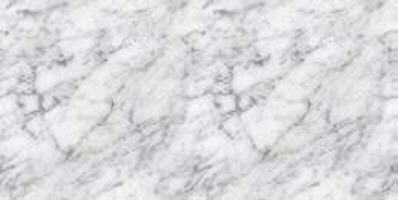
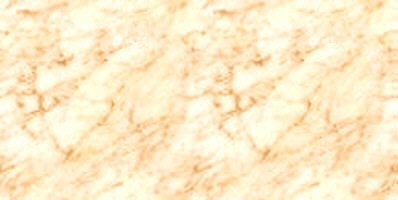




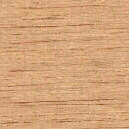

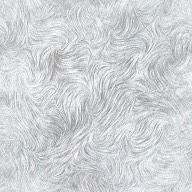

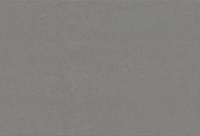
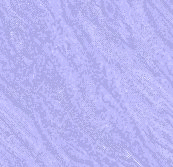

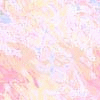
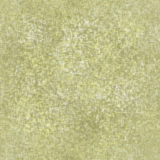
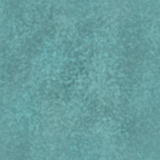
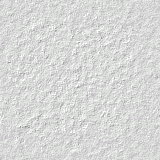
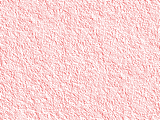

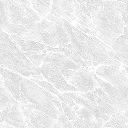
I could go on. I have a lot of these. Beige and grey were really popular colors on Geocities. Backgrounds generally were meant to be non-distracting; even ones that came out of the box on art CDs as highly saturated or visually busy would usually be edited down to a more greyed-out version so as to be less irritating to look at.
Image I actually found being used on Geocities as a background vs image I found on a web graphics CD:
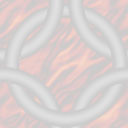
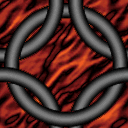
That isn't to say that there weren't tacky Geocities pages, just that the dominant style of the time - and even the tacky sites of the time - was not especially similar to the cultural phantom of "Remembered Geocities."
On Geocities, the internet was for writing, mostly. After Geocities it started to be for images, and then images and video. Your page's style would be set up with ease of reading in mind. Even a site with a lot of decorations, the point of it wouldn't just be the decorations; they would be decorating something.
Webcore is pretty much the opposite! Decoration is an end in and of itself, and playing around with your website often involves the digital equivalent of playing dressup. Playing dressup is the point! Design, aesthetic, flash, decor. It's very visual, and fonts are often selected for how well they fit the overall style/aesthetic over how easy they are to read.
It's not a better or worse mode of webweaving, I think, just different. (Ironically, it's IndieWeb sites with their single-column text-forward blogs that are actually reminiscent of what Geocities was.)
Most of what reads to the modern eye as charmingly tacky, garish, or silly was not that at the time; it was supposed to be (and was!) professional, elegant, or artistic. Taste and standards have changed enormously from the 90s, and even Geocities pages that are literally just a resume (there are a lot of those, actually) would look unprofessional today. So this is part of how "Remembered Geocities" acquired a distinctively tacky and garish sensibility!
One thing that I think is important to note about Geocities vs the various social media that actually make up webcore's sources of inspiration is that while Geocities was (generally) not seen as ultra-tacky at the time, Myspace et al were. A loud cluttered profile with flashing marquees and sparkles and gifs everywhere and autoplay music was obnoxious and intentionally so; no one was laboring under the illusion of professionalism or neutrality. The attitude was much closer to webcore as well as the visual style.
I think it's good to be able to more clearly identify and delineate between sources of inspiration, though; it gives one a better insight into one's own art, which I think is always a good thing! It gives one more room for experimentation and intentionality, probably. I also think more people should spend time on Geocities looking at old sites, because it's fun and interesting!
It's interesting that Neocities/webcore is happy to embrace Comic Sans but not Times New Roman... Webcore has, I think, a lot of a similar attitude to the 00s irony-culture; not identical, though. Irony has been replaced with contrariness, which is sort of like a cousin. A lot of the culture centers on being contrary, and the embrace of Comic Sans is a great example of that; the font is generally considered ugly/tacky/low-class/bad/inadvisable to use, and so people gravitate towards it out of contrariness.
Both in the sense of expressing contrariness and in terms of style. Mainstream web design is sleek and minimal, so webcore is busy and cluttered; mainstream web design uses limited color palettes, so webcore is colorful; et cetera. Webcore manifestos typically talk a lot about what the webmaster dislikes, what they're rejecting, and what they and their website aren't.























Webcore reminds me a lot of ignorant style tattooing - a particular style of tattoo that's relatively recent and highly controversial in tattoo circles. Tattoo art, like web design, has highly standardized style expectations. In both cases there's a lot of weight put on the importance and practical value of upholding these standards; in web design a website has to be maximally useful, professional, and accessible and in tattoos it's a permanent marking on a human being's skin. Ignorant tattoos are bombastically contrary - the seriousness of the commitment of a tattoo enhances the emotional impact of the visual style a lot. They're audacious. They're also often done by people who do stick-n-pokes and/or haven't done a tattoo apprenticeship, so they're a form of "amateur" or "outsider" art, like webcore sites.
And, like webcore, a lot of people hate ignorant style tattoos! "It's ugly, why would you make something ugly on purpose? Why would you want something ugly?" is the usual refrain. Setting aside personal taste and the fact that plenty of people just don't find it ugly for the moment, this type of objection to any style or movement in art is common. It comes from a mismatch of expectations; the "point" of art is different to different people. To someone who believes art is meant to be as beautiful as possible, something that they do not find beautiful is baffling. To someone who believes art is meant to be as accurate as possible, something which does not replicate reality is baffling. To someone who believes are is meant to be useful, something useless is baffling. But there are other reasons that people make things. To be appealing, to make money, to express something, to explore, to experiment, to abstract, to process, to communicate, to frighten, to shock, to delight, to move.
People who dislike these styles tend to have a hard time seeing the intentionality and specificity of them. Anything they dislike or find ugly gets lumped together and labeled with whatever label they've heard recently applied to something they dislike. But webcore - and ignorant tattoos - does have a very specific style. You can make an ugly website which is not webcore and not reminiscent of Geocities in any way. CSS has gotten really powerful in the last 25 years, and you can do a lot of things to a web page that were simply not possible in 1999. Many of them are present in Melon's projects and in other webcore sites.
I don't really have a conclusion. I was going to include a little gallery of ignorant-style tattoos, but it would just be duckduckgo image search results which you are perfectly capable of acquiring on your own. In conclusion, when people say "Geocities" they do not mean "Geocities", which is annoying; they should use their words more accurately so as to effectively convey their meaning. I think this about a lot of things as I am, again, a pedant.